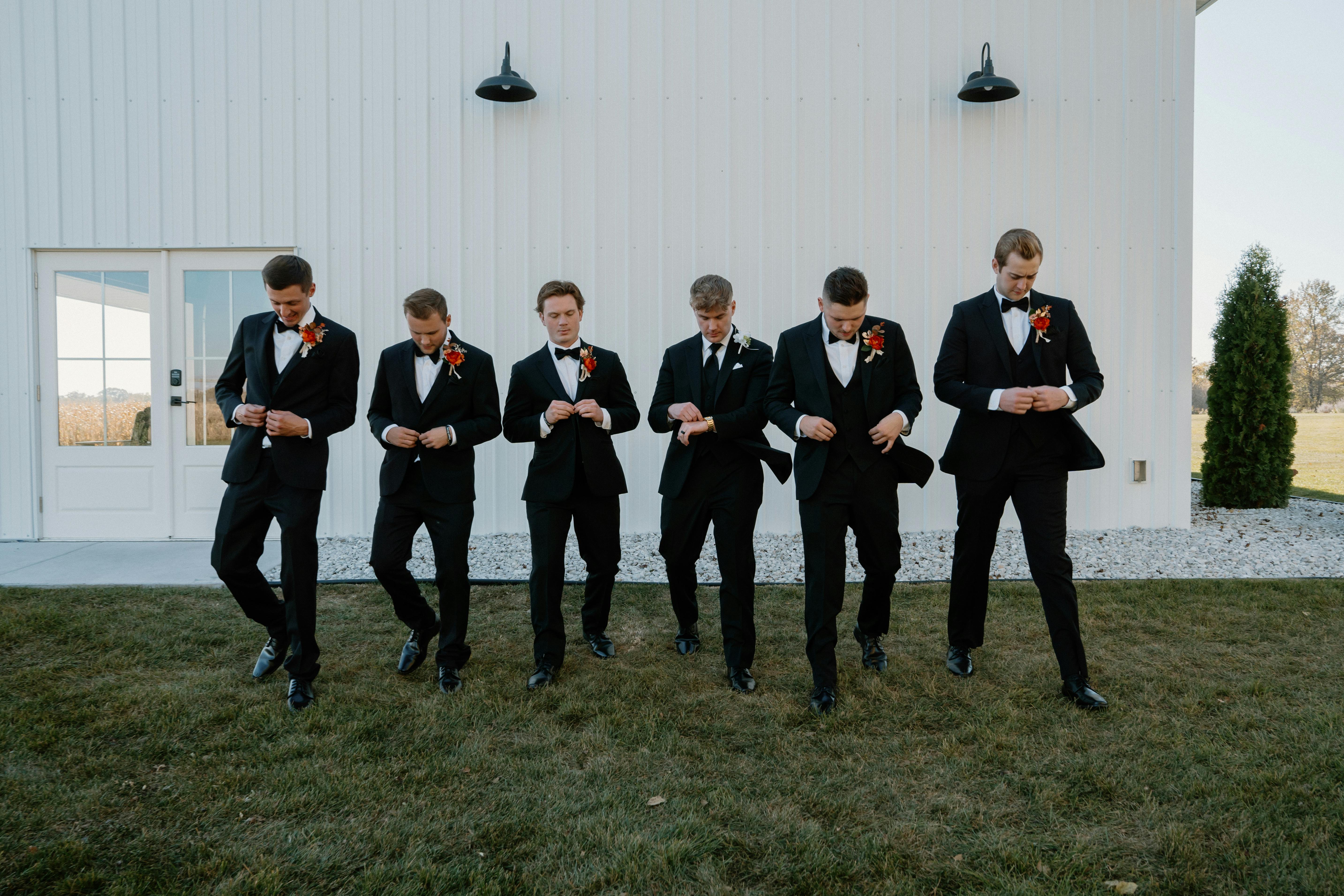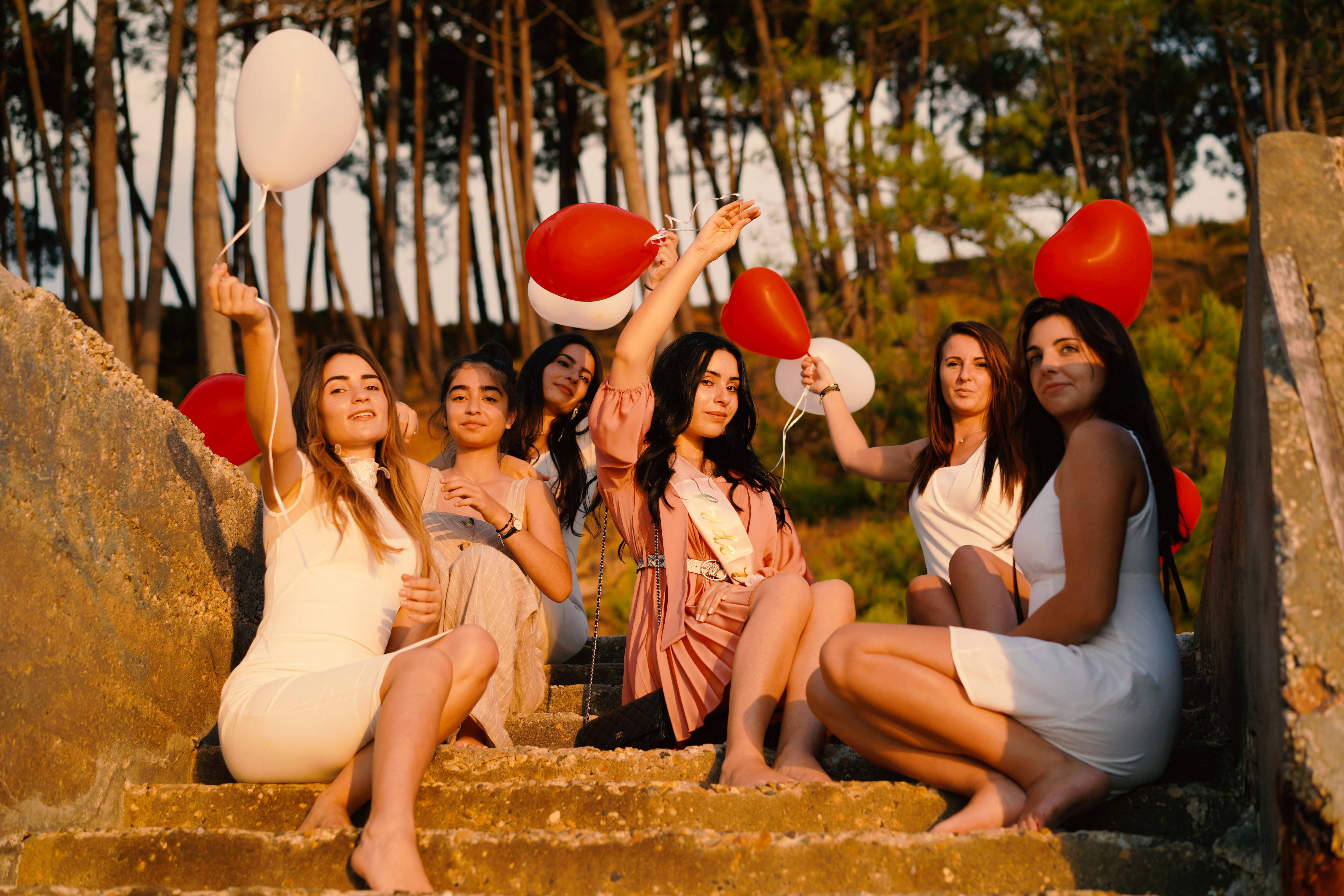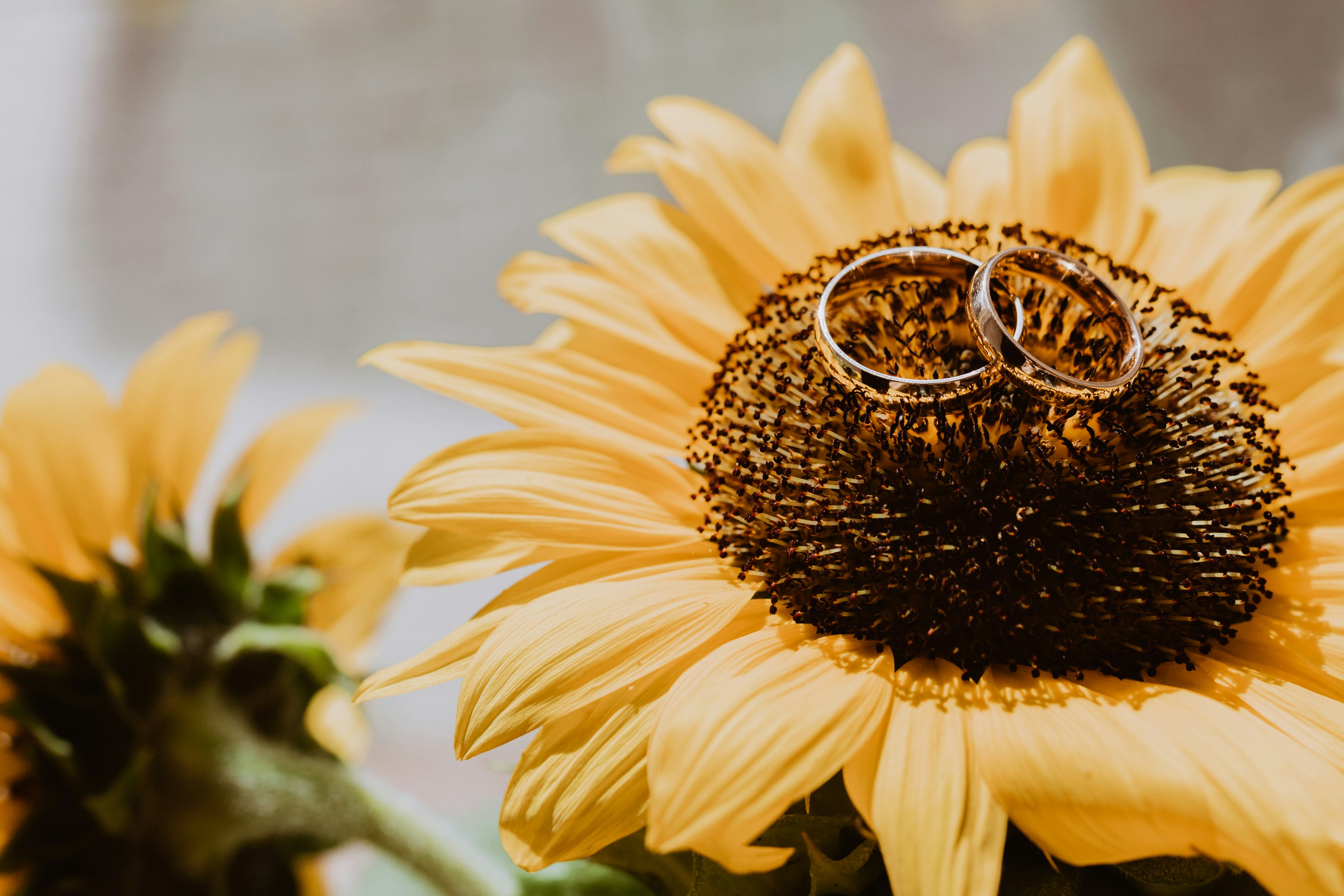Why Are Bouquets Carried at Weddings? A Look Into the History of This Beloved Tradition

Wedding planning is a choice-laden project — between the dress, the venue, decor and flowers. But of all the choices, one tradition remains firmly in place: the wedding bouquet. But do you know where this tradition comes from?
The bouquets that couples decide to carry down the aisle nowadays may be all about the look and feel, the balance and contrast, and how they work with the general feel of the event, but the tradition itself has much humbler beginnings. Flowers and plants in the medieval period were believed to protect people from the evil and bad smells. The tradition changed over the years and centuries, until it evolved into the symbolic and stylish symbol it is today.
To unpack the evolution, we turned to floral artist and Marlowe & Petal Atelier founder Eliza Marlowe, who details why and how carrying flowers became a wedding day staple.
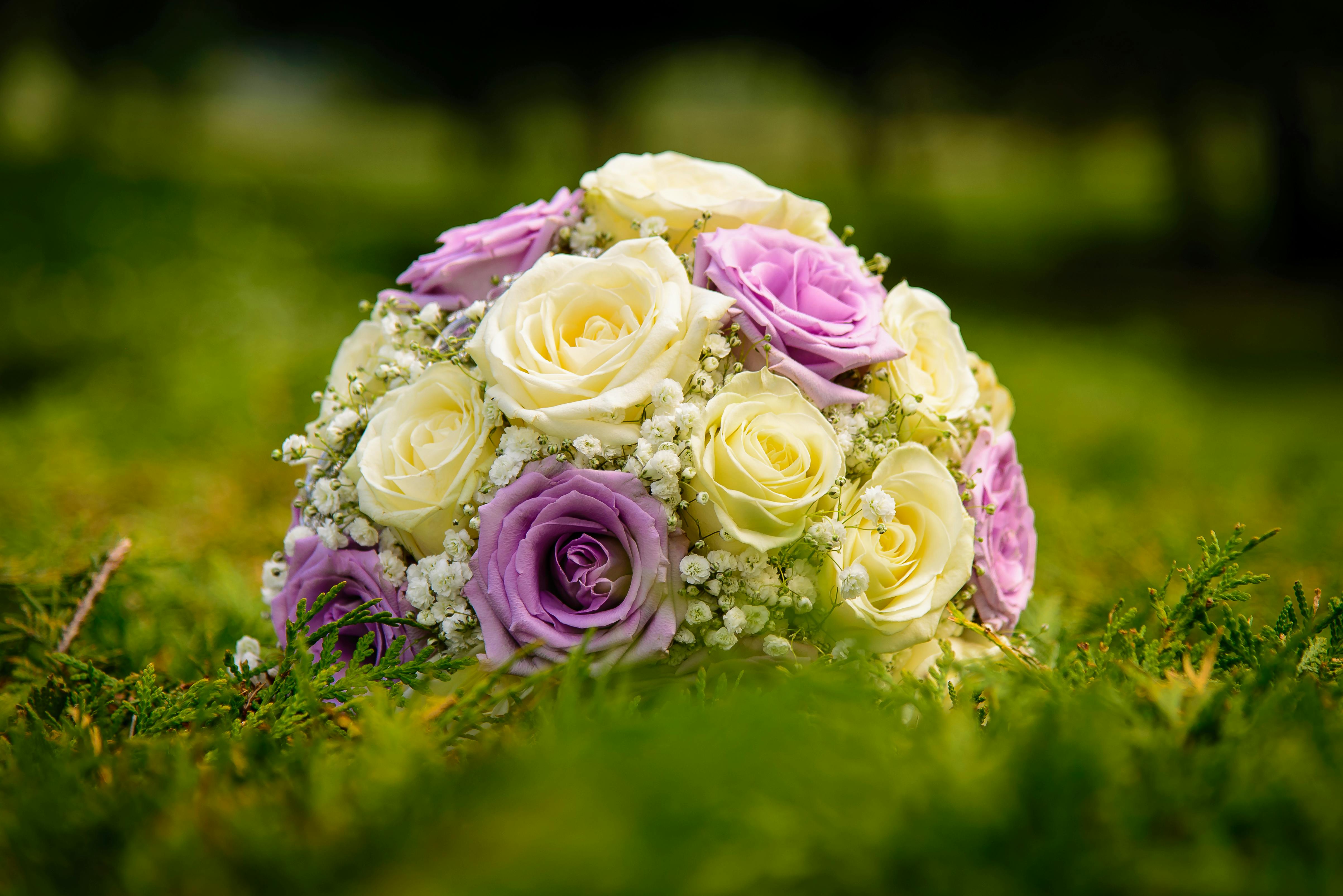
The Origins of the Wedding Bouquet: A Journey Through Time
Ancient Times
The custom to hand out floral arrangements has it’s roots from in the ancient Greece, Rome and Egypt, says Marlowe. These early bouquets were tiny, frequently made from fragrant herbs and spices that were designed to attract positive energy and repel negative. The blossoms were also a symbol of hope, fertility and happiness for the future.
Middle Ages
In the Middle Ages, bouquets had a more pragmatic function. “They served to mask the odors of poor hygiene or of the environment we were working in,” Marlowe says. Strong smells — of garlic or fragrant herbs, for example — were also thought to fend off misfortune and bad spirits. It was around this time that throwing the bouquet became popular. The ritual began as a means of sparing the couple from the chaos of guests who wanted to rip off pieces of the wedding dress as tokens of good luck.
Elizabethan Era
The Elizabethans were the first to use flowers more for ornamentation. The decoration and the favors of the guests were the method how the posies were known. By the time of the wedding guests were wearing flowers in their hair, moving away from function into fashion.
Victorian Age
There was a sea change in the Victorian era. “This is when the bouquet as we think of it started to form,” says Marlowe. Because the language of flowers was increasingly en vogue, every bloom was selected to convey emotions and romantic feelings. While contemporary selections are frequently motivated by color palettes and seasonal availability, the pull of flowers, emotionally, endures.
Modern Times
Most bouquets are selected for how they make you feel and for how they look. They are pivotal to the theme and decor of the day, and every element is individually selected to represent the couple. Still, a few traditions have persisted — certain blossoms are chosen for their underlying messages.
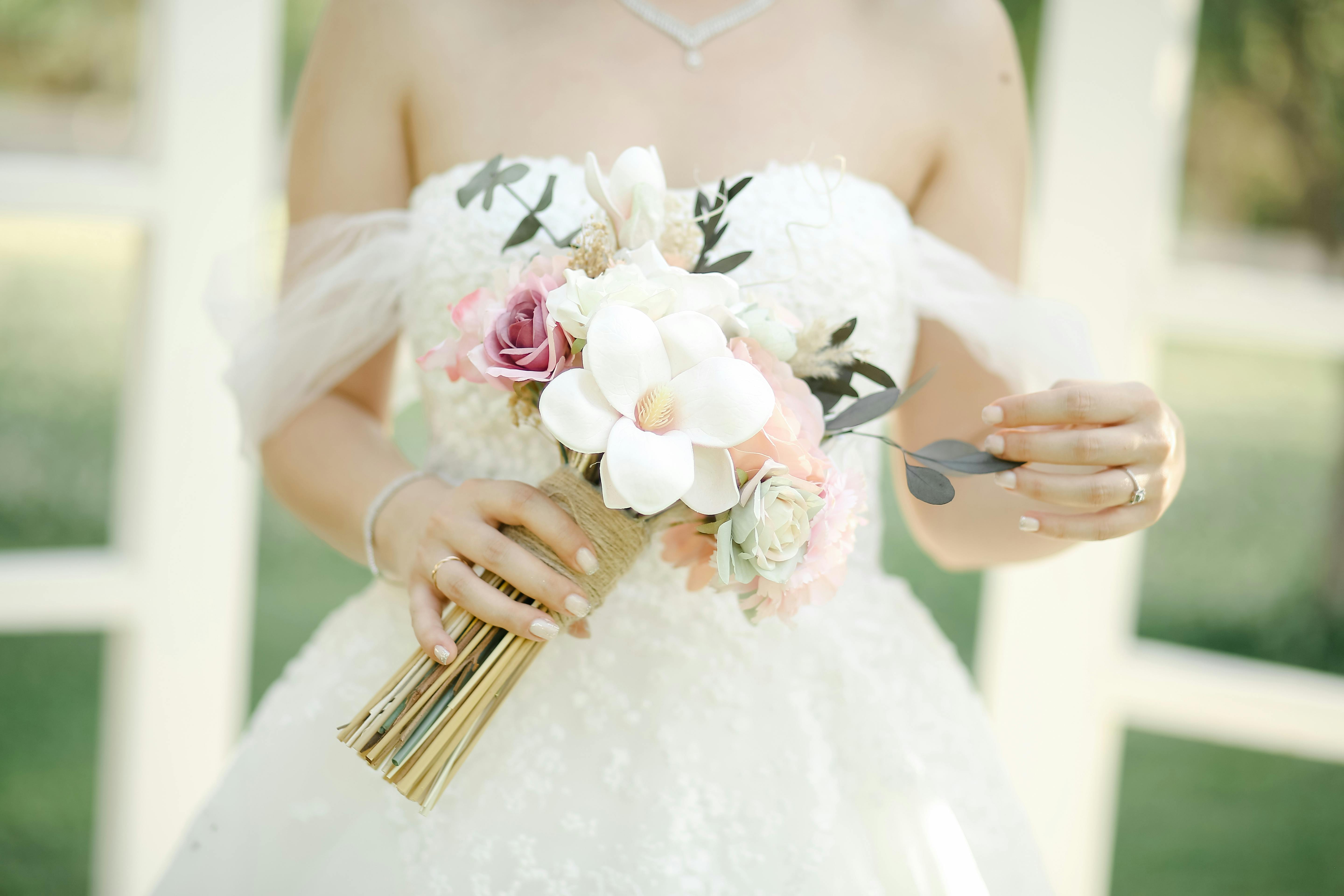
The Modern Wedding Bouquet: What to Think About
Flower Selection
Select flowers that are meaningful to you, work with your event colors and are in season. Whether romantic peonies or classic roses, your bouquet should be meaningful.
Bouquet Style
“There’s no right way to do it,” Marlowe says. Whether your preferred look is a modest single stem or a bold, giant organic bunch — or no flowers, for that matter — it’s ultimately about feeling good and being true to yourself. It should match the ensemble and the couple’s personality. Something clean and structured will be great if you have a smooth fit and flare silhouette, and a large gown can hold a more elaborate bouquet.
Preservation Options
If your bouquet is sentimental, think about preserving it. Press flowers of your choice or dry the entire bouquet for display, or have them preserved professionally in a keepsake.
